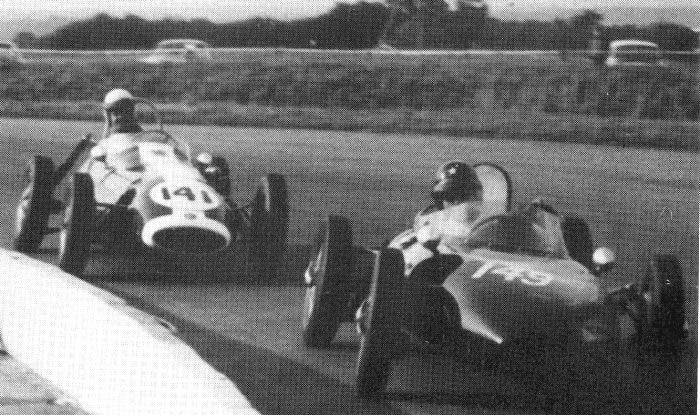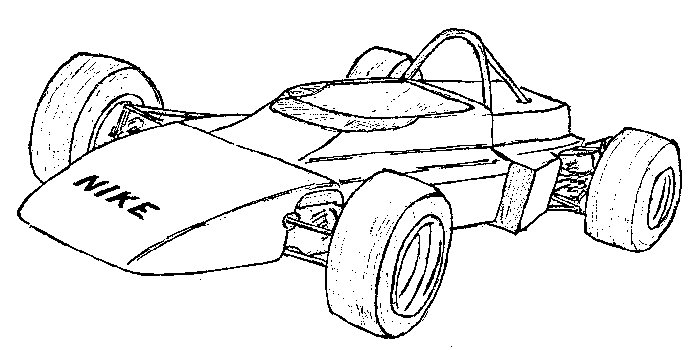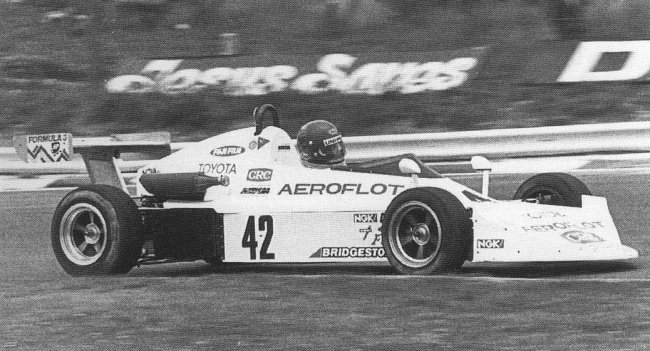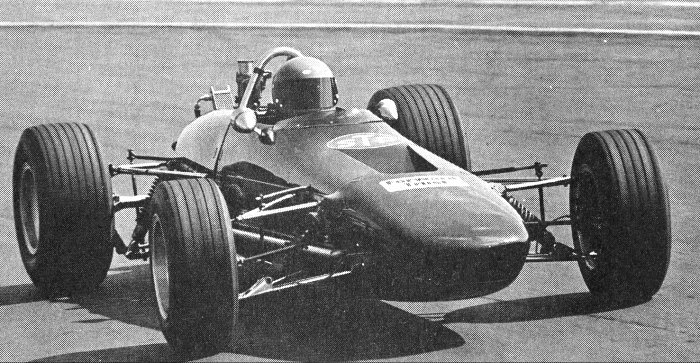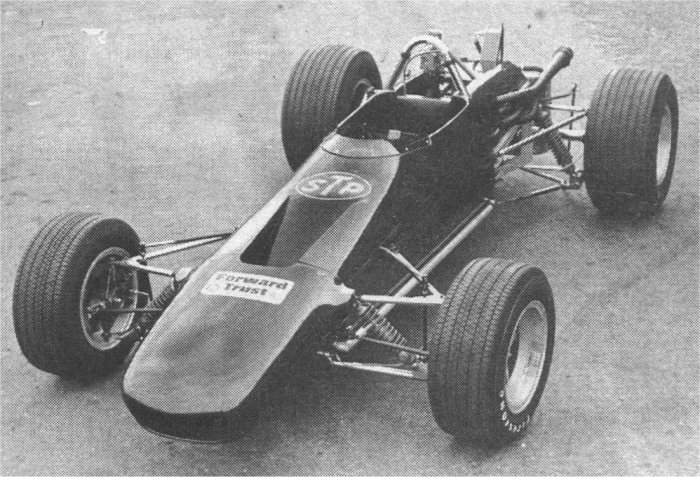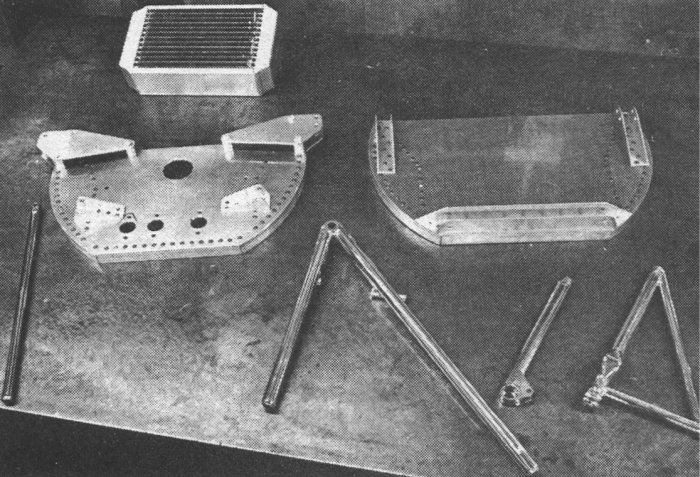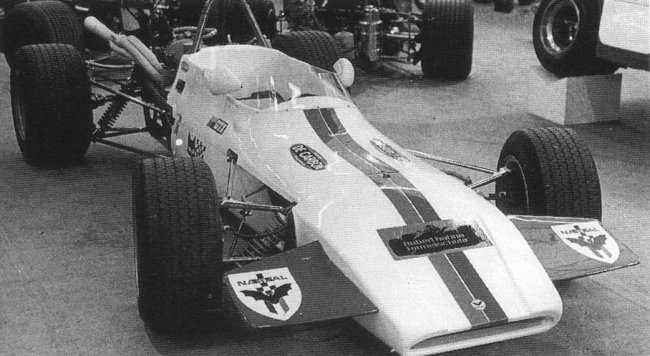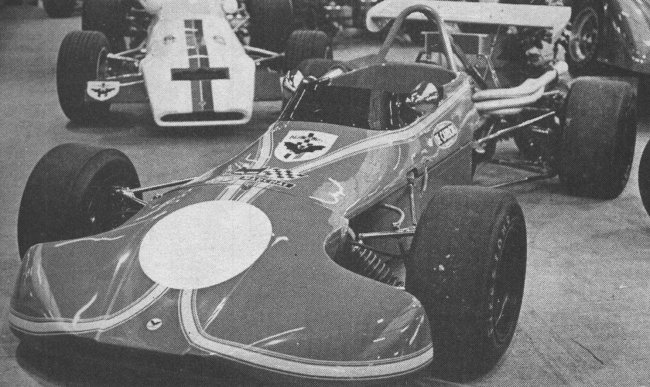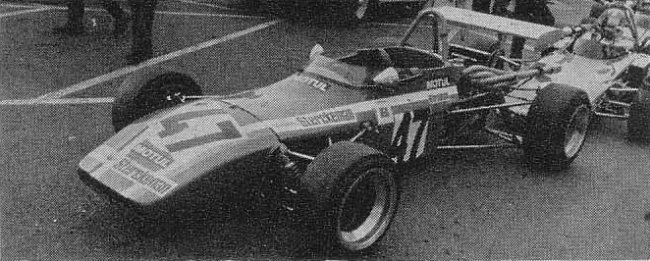Northstar
The F Junior Northstar was built by Ron Robinson in 1960 although it was not completed and raced until 1962, driven by A. P. (Bill) Belcher it raced through the remaining years of F Junior. It comprised a spaceframe chassis with a rear-mounted Ford engine, in F Junior guise a VW gearbox was used. Unusually wire wheels were fitted (ex-Lotus 11) and stopping came courtesy of Alfin drum brakes fitted all round. When F Junior ceased it was fitted with a 1500cc supercharged engine and raced in Formula Libre races. The Northstar Mk2 had a single F3 outing at Mallory in May 1967 when it finished ninth, a lap behind the leaders.
Drivers
1967 Alistair Belcher.

